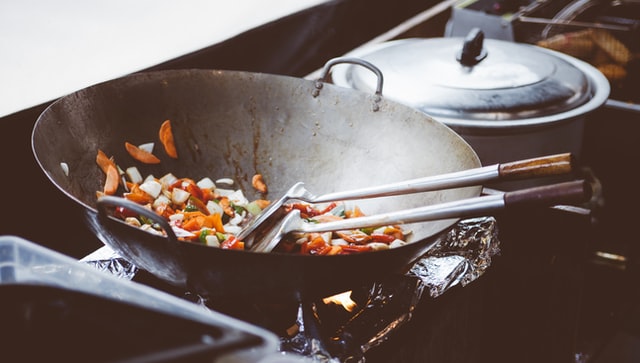
When you're cooking or cleaning inside your home, what chemicals are you breathing, and are they potentially harmful? Colorado State University chemists have given us a solid start on the answer.
A large, collaborative research experiment that attempted to map the airborne chemistry of a typical home took place in 2018 and was co-led by Delphine Farmer, associate professor in the Department of Chemistry at CSU. The experiment, called HOMEChem, brought 60 scientists from 13 universities to a test house at the University of Texas at Austin to perform typical home activities like cooking and cleaning and to use sophisticated instrumentation to document the chemistry that resulted.
In a new paper in Environmental Science & Technology, Farmer's team at CSU has taken the massive amounts of data collected during HOMEChem and sorted it out by health effects. They identified how many compounds they observed that are known human toxins, or, based on newer Environmental Protection Agency models, predicted to be likely human toxins. Most such compounds are emitted in low quantities and can be cleared through proper ventilation. But the health impacts of both the individual compounds and their complex mixtures indoors are not well understood by scientists.
Read more...







